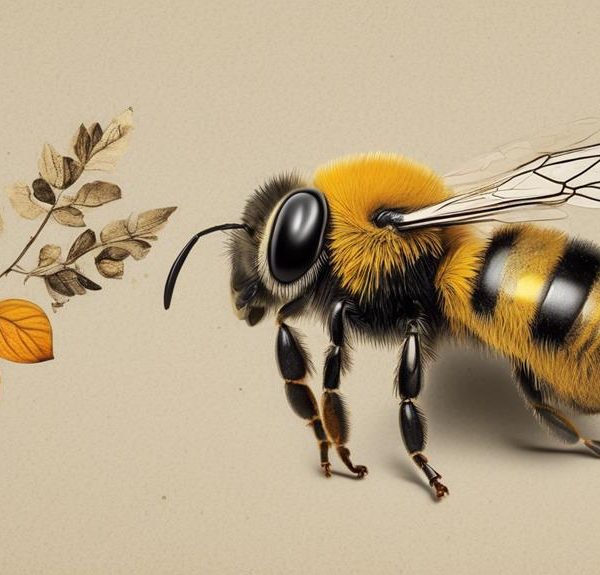Buzz into the world of leaf cutter bees, as we explore their native habitats and how they've uniquely adapted to various climates worldwide.
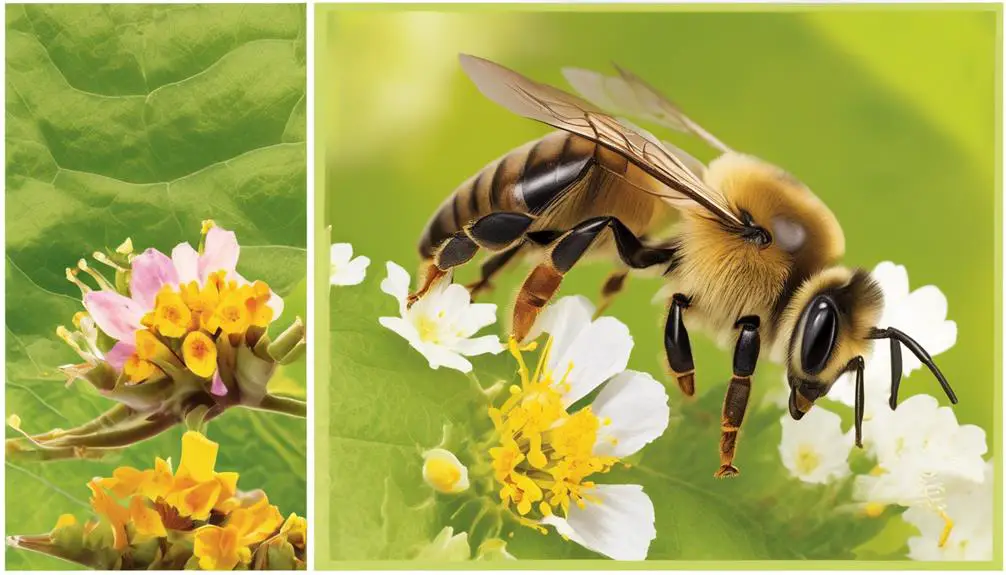
Leaf Cutter Bees Native Range
Imagine, by sheer coincidence, you've recently noticed strange, semi-circular cutouts in the leaves of your garden plants. It's not a mischievous neighbor or an odd natural phenomenon, but rather, the work of leaf cutter bees.
These fascinating insects, native to North America, are not your typical honey-producing bees, but play an equally important role in our ecosystem. They're essential pollinators and skilled builders, turning leaf cutouts into cozy nests for their offspring.
But where else can we find these leaf-loving bees and how have they adapted to various climates around the world? We'll explore this and more, as we take a closer look at the native range of leaf cutter bees.
Key Takeaways
- Leaf cutter bees are native to North America, specifically the United States and Canada.
- They can thrive in various environments, such as grasslands, forests, and urban landscapes.
- Leaf cutter bees have been spotted in parts of Central and South America.
- They can adapt to different climates, from tropical rainforests to dry deserts.
Understanding Leaf Cutter Bees
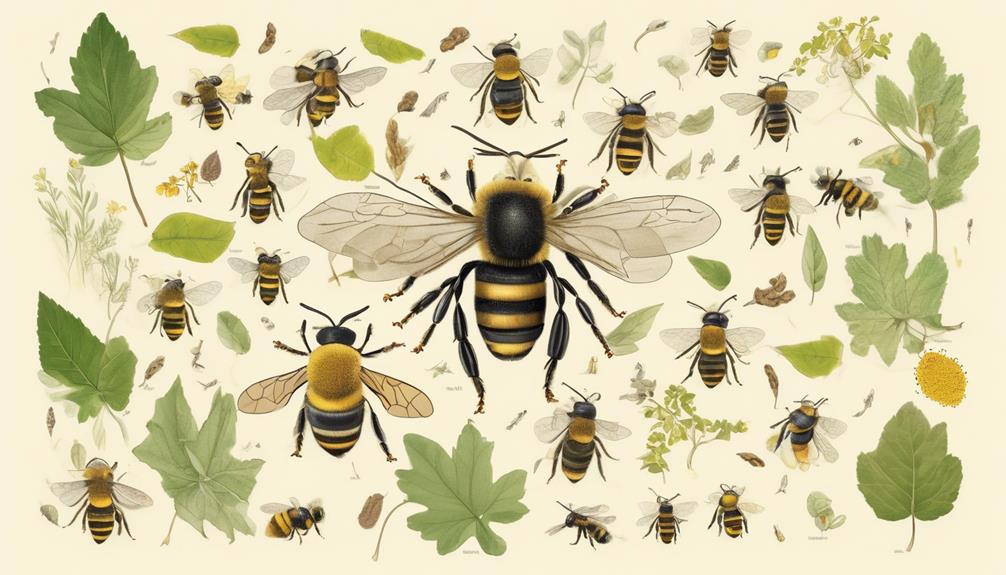
To truly understand leaf cutter bees, you'll need to delve into their unique behaviors, lifecycle, and the crucial role they play in our ecosystem.
These fascinating insects are solitary bees, meaning they don't live in large colonies like honeybees. Instead, each female is a queen who constructs her own nest, a task she accomplishes with aplomb, utilizing fragments of leaves she's meticulously cut with her sharp mandibles.
From an analytical standpoint, leaf cutter bees are marvels of efficiency. They're able to carry pieces of leaves several times their weight and size, displaying an impressive feat of strength and determination. Their lifecycle is short but incredibly productive.
After mating, the female bee lays her eggs in the leaf-lined nest, provisioning each one with a mixture of nectar and pollen. This sustains the larvae until they emerge as adults, ready to continue the cycle.
Importantly, leaf cutter bees are vital pollinators. Their foraging activities contribute significantly to the fertilization of numerous plant species. You'll find their impact in your own backyard, as they help to propagate fruits, vegetables, and flowers.
Understanding these bees illuminates their integral role in maintaining biodiversity and promoting a robust ecosystem.
Native Habitats Across the Globe

While appreciating the significant role these industrious insects play in our ecosystem, you may wonder where leaf cutter bees originate, so let's explore their native habitats across the globe.
Leaf cutter bees are considered native to North America, specifically the United States and Canada. They inhabit a range of environments, from grasslands and open forests to urban landscapes. They're adaptable, capable of nesting in various soils, including sandy, loamy, and clay.
Beyond North America, leaf cutter bees have been spotted in parts of Central and South America, displaying a remarkable ability to thrive in different climates, from tropical rainforests to dry deserts.
Now, let's turn our attention to Europe. Here, you'll find leaf cutter bees primarily in the temperate regions. They've adapted well to the varied landscapes, including mountainous areas and coastal regions.
In Asia, they're found in countries like Japan and China, showing a preference for humid, subtropical climates and rich, fertile soils.
Leaf Cutter Bees in North America

In North America, you'll find leaf cutter bees flourishing in a diverse array of habitats, from the sweeping grasslands of the Midwest to the urban gardens of bustling cities. These industrious insects are highly adaptable, which allows them to thrive in such varied environments. Their ability to pollinate a wide range of plants makes them an essential part of North America's ecosystems.
Leaf cutter bees, belonging to the Megachilidae family, exhibit fascinating behaviors. They are solitary bees that carve out leaf fragments to build their nests, hence their name. Unlike honey bees, leaf cutter bees are non-aggressive and rarely sting, making them a favorite among gardeners and farmers.
Let's break down two significant habitats:
Habitat | Characteristics |
|---|---|
Midwest Grasslands | In these expansive fields, leaf cutter bees pollinate wildflowers and crops, contributing to biodiversity and agriculture. |
Urban Gardens | In cities, these bees find refuge in gardens, where they pollinate a variety of plants, aiding in urban ecology. |
Adaptations in Different Climates
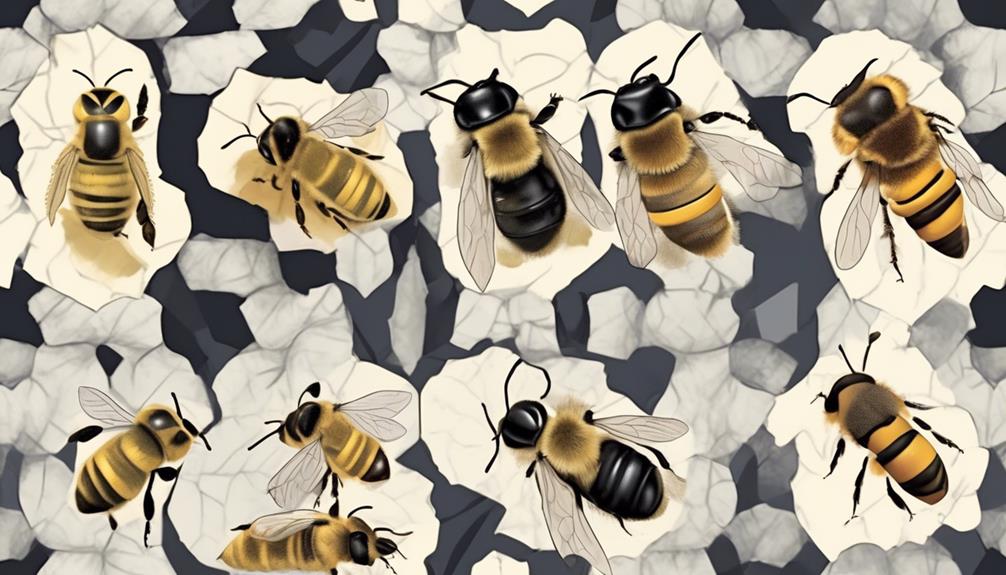
You'll find that leaf cutter bees have developed an impressive array of adaptations to survive and thrive in different climates. Their ability to adapt isn't just impressive but crucial for their survival. These tiny creatures have evolved to withstand severe temperature fluctuations, high humidity, and diverse flora.
In cooler climates, for instance, these bees have developed thicker body hair to preserve body heat. This adaptation allows them to maintain their body temperature and continue foraging even in cold weather. In contrast, in hotter climates, they've evolved to have lighter body coloring, which reflects sunlight and helps prevent overheating.
Their ability to adapt doesn't stop there. Leaf cutter bees have also developed specialized mouthparts for cutting leaves and petals, which they use to build their nests. This behavior varies based on the plant species available in their habitat, demonstrating an impressive level of flexibility.
Human Impact on Leaf Cutter Bees
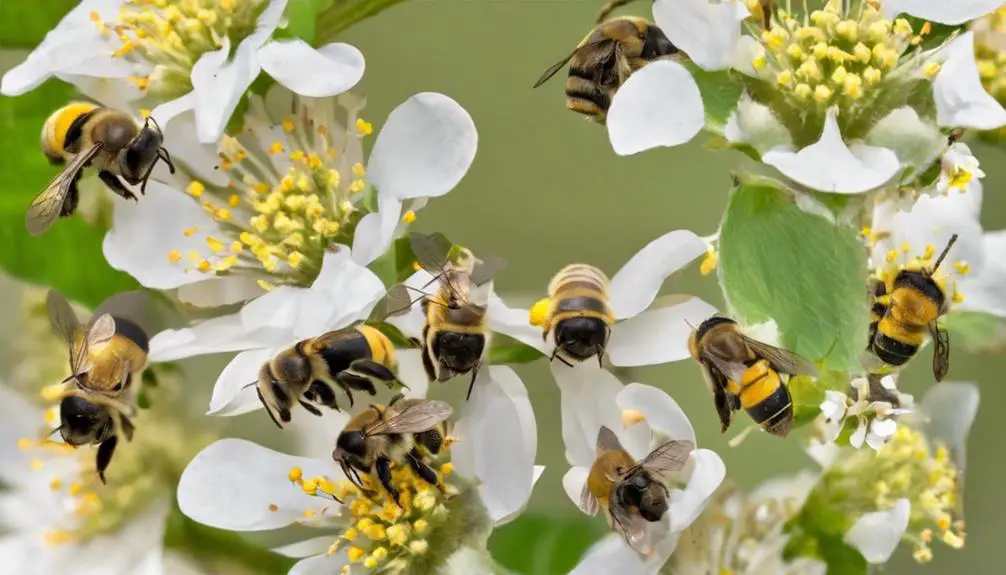
Despite leaf cutter bees' remarkable adaptability, human activities are significantly impacting their survival and propagation. You may not be aware, but activities such as large-scale monoculture, pesticide use, and habitat destruction are posing serious threats to these industrious insects.
Consider the practice of large-scale monoculture. This results in a lack of plant diversity, thereby reducing the food choices for leaf cutter bees. Also, the rampant use of pesticides directly kills these bees or contaminates their food sources.
Human Activity | Impact on Leaf Cutter Bees |
|---|---|
Large-Scale Monoculture | Reduces plant diversity, limiting food options |
Pesticide Use | Directly kills bees or contaminates food sources |
Habitat Destruction | Removes nesting and food sites |
Lastly, habitat destruction due to urbanization and deforestation removes nesting sites and food sources, making survival increasingly difficult for these bees. It's important to realize the crucial role you play in their preservation. By promoting biodiversity in your garden, limiting pesticide use, and respecting natural habitats, you can contribute to the survival and propagation of leaf cutter bees. Remember, their survival is intertwined with the health of our ecosystem.
Conclusion
You've traversed the global habitats of leaf cutter bees, from their native ranges to their North American homes. You've explored how they've adapted to various climates and scrutinized the impact humans have on them.
As you delve further into their unique ecological role, remember, your actions can help maintain the delicate balance these industrious insects hold in our ecosystems.
So, let's continue to study, protect, and appreciate the leaf cutter bees, our quiet, leaf-cutting collaborators.


